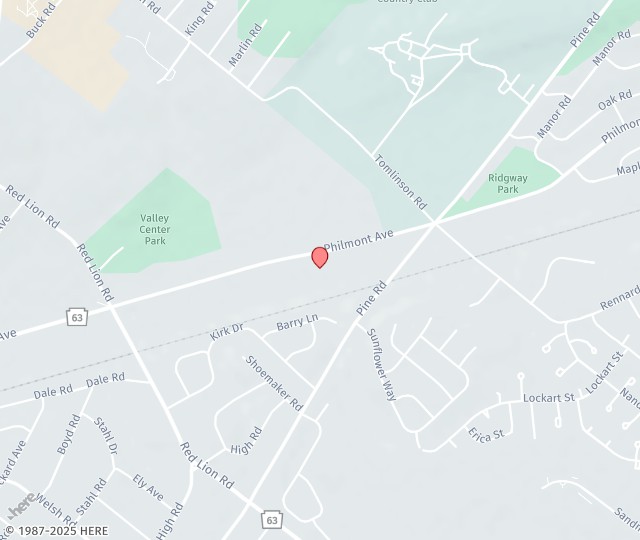What is it...?
Dry eye is a condition where a person has insufficient tears with enough quality to lubricate and nourish the eye. Good quality tears are necessary to support the health of the surface of the eye and provide unclouded vision.
Dry eye is a frequent problem, particularly in older adults, and often chronic. As you blink, tears spread across the surface of the cornea supplying lubrication, reducing risk of infection, washing away foreign debris, and keeping the surface of the eye clear and smooth. The excess tears then drain through small ducts in the inner corners of the eyelids and into the back of the nose. Dry eye problems occur when production and drainage are not in balance.
Diagnosing Dry Eye
Dry eye can be diagnosed during a comprehensive eye examination. Evaluation of the quantity and quality of tears produced by the eyes may include:
- Checking patient history to note any factors that could contribute to dry eye problems.
- Examination of the eye, including lid structure and blink dynamics.
- Close evaluation of the eyelids and cornea using bright light and magnification.
- Measurement of the quantity and quality of tears for any abnormalities. Special dyes may be put in the eyes to better observe tear flow and to highlight any changes to the outer surface of the eye caused by insufficient tears.
With the information obtained from testing, a doctor of optometry can determine if you have dry eyes and recommend you on treatment options
Treatment for Dry Eye
The primary methods of treatment for dry eye include using over-the-counter artificial tears, conserving tears, increasing production of tears, and/or treating the inflammation of the eyelids/surface that are contributing factors of dry eyes.
- Adding tears. Mild cases of dry eyes can often be managed using over-the-counter artificial tear solutions. These can be used as often as needed to supplement natural tear production. Preservative-free artificial tear solutions are recommended because they contain fewer additives, which can further irritate the eyes. People with dry eyes that do not respond to artificial tears alone will need to take added steps to treat their dry eyes.
- Conserving tears. Keeping natural tears in the eyes longer can reduce the symptoms of dry eyes. This can be done by blocking the tear ducts through which the tears normally drain. The tear ducts can be blocked with tiny silicone or gel-like plugs that can be removed if needed. Or a surgical procedure can permanently close the tear ducts. In either case, the goal is to keep the available tears in the eye longer to reduce problems related to dry eyes.
- Increasing tear production. An ophthalmologist can prescribe eye drops that increase tear production. Taking an omega-3 fatty acid nutritional supplement may also help.
- Treating inflammation. An ophthalmologist might recommend prescription eye drops or ointments, warm compresses and lid massage, or eyelid cleaners to help decrease inflammation around the surface of the eyes.
Prevention
You can take the following steps to reduce symptoms of dry eyes:
- Remember to blink regularly when reading or staring at a computer screen for extended periods of time.
- Increase the humidity in the air at work and at home.
- Wear sunglasses outdoors, particularly those with wraparound frames, to reduce exposure to drying winds and the sun.
- Nutritional supplements containing essential fatty acids may help decrease dry eye symptoms in some people. Ask your doctor if taking dietary supplements could help your dry eye problems.
- Avoiding becoming dehydrated by drinking plenty of water (8 to 10 glasses) each day.
- Avoid air getting blown in your eyes by directing car heaters away from your face.
- Avoid environments that are drier than normal, such as deserts, airplanes, and places at high altitudes.


